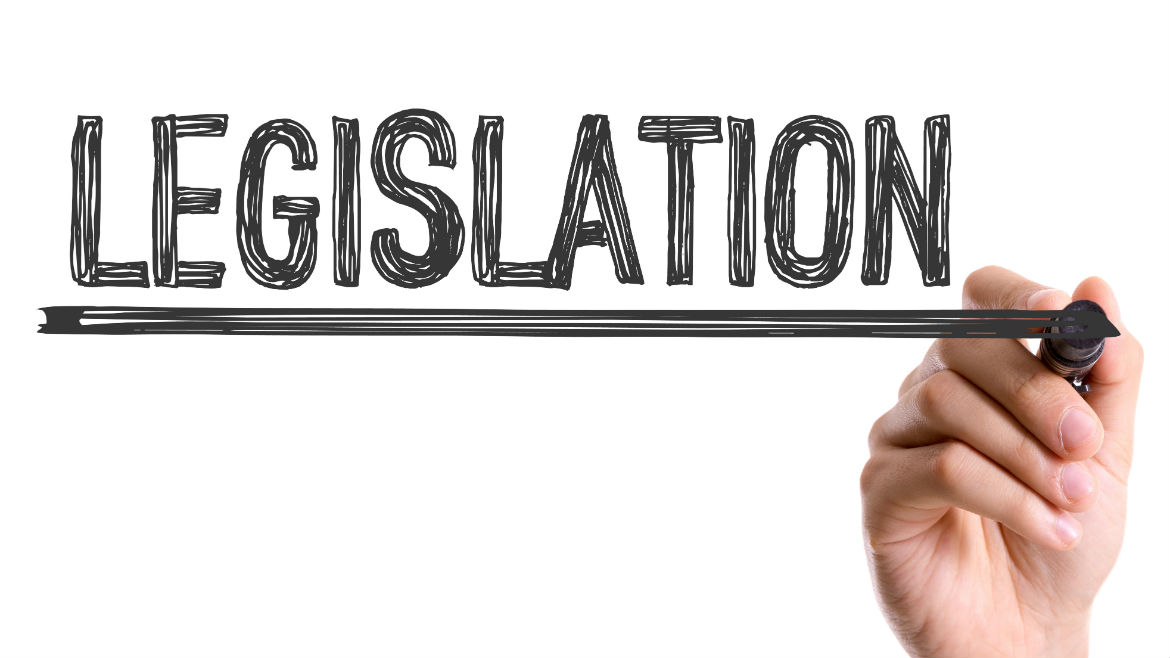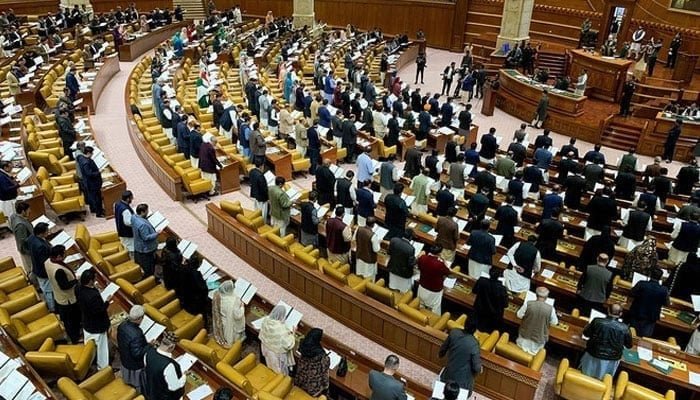Naveed Hussain
The process of creating and implementing laws by local, state, or national legislatures is called legislation. It not only requires action from a legislative body but also involves the crucial and significant participation of the executive branch. The executive’s approval is typically necessary for legislation to become effective, except in cases where a veto is overridden by a sufficient majority of the legislature. The executive role is pivotal, as it extensively participates in formulating government policies and often aids in the actual preparation of legislation.
In the United States, the legislative process is complex due to the country’s federal nature. Each state has its own lawmaking authority within its borders, while the national government can pass laws that apply nationwide within the scope of its constitutional powers. Consequently, conflicts may arise between state and national laws, which are crucially and reassuringly resolved through the courts. The Constitution, treaties, and U.S. laws are considered the supreme laws of the land, and state statutes that contradict them are unenforceable. The courts have the power to determine the constitutionality of legislation and decide how it fits into the entire legal framework. They also play a crucial role in interpreting legislation, as the common law, derived largely from judicial precedents, forms the basis of law in the United States.
The process of enacting statutes is a significant aspect of legislation. Along with restrictions on the subject matter of legislation, such as laws depriving individuals of life, liberty, or property without due process, there are constitutional limitations on the form and effect of legislation. Procedural requirements for passing legislation are established to prevent hasty and secret laws. Bills must go through multiple readings and voting processes to become law. Committees, therefore, play a vital role in the legislative process wherein proposed legislation is reviewed and studied, with technical staff collecting information, conducting research, and preparing legislation.
Once legislation is enacted, it is expressed in various forms, such as acts or resolutions, and must be approved by the executive to take legal effect. The interpretation of legislation by the courts is not just essential, but it is the cornerstone of the legal system, giving legislation meaning and effect, with the goal of discovering and giving effect to the intent of the legislature. Statutory interpretation involves intrinsic guides, such as rules of grammar and canons of construction, as well as extrinsic aids, including related laws and historical background. Courts use these tools to determine legislative intent and apply statutes appropriately. Additionally, courts may depart from the literal wording of a statute to avoid absurd or unjust results or to address inadvertent omissions, typically doing so based on policy considerations.
The objective of legislation is to create and implement laws that regulate and govern various aspects of society. Legislation aims to promote order, justice, and the protection of individual rights and public welfare. It also provides a framework for resolving disputes, maintaining social harmony, and ensuring the smooth functioning of government and society as a whole. Additionally, legislation serves to reflect the evolving values and needs of the community it governs and to address emerging issues and challenges.















